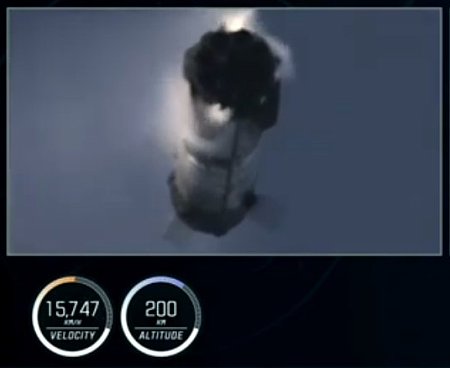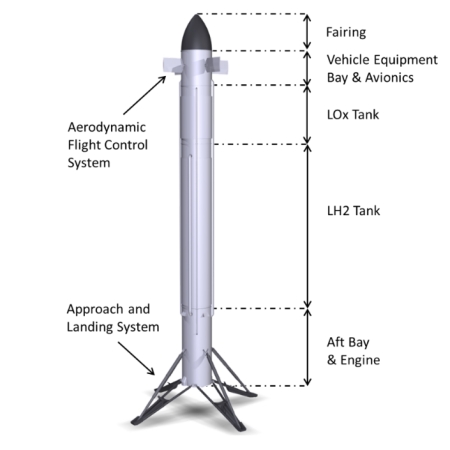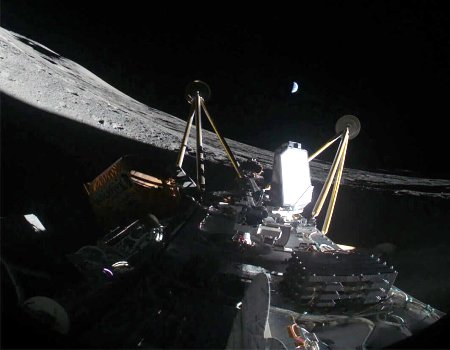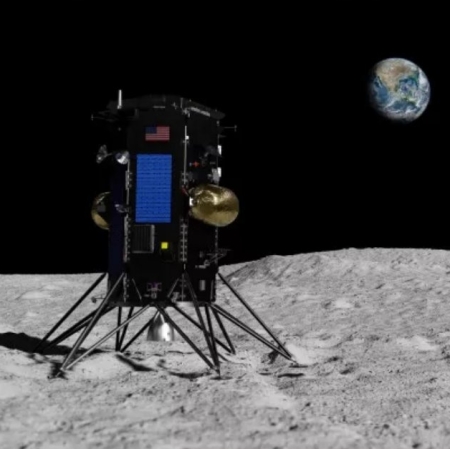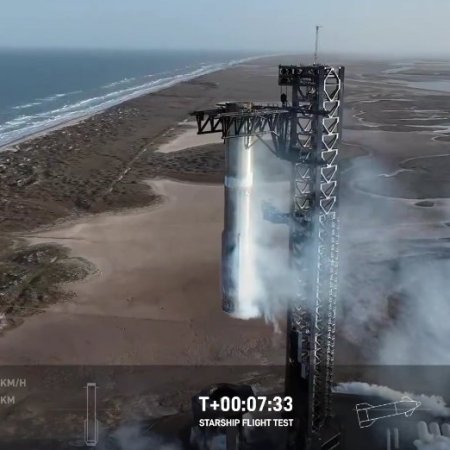Norway awards the German rocket startup Isar Aerospace a two-satellite contract

Proposed spaceports surrounding Norwegian Sea
In what appears to be a concerted effort by Norway to cement the establishment of its Andoya spaceport on its northwest coast, last week it awarded a two-satellite launch contract to the German rocket startup Isar Aerospace, launching from that spaceport.
The launch is scheduled until 2028 and will take place from Andøya Spaceport, Europe’s first operational spaceport on the mainland. The agreement between the Norwegian Space Agency and Isar Aerospace involves launching two Norwegian satellites as part of the AOS program, a national maritime surveillance system.
Isar is now gearing up for the very first orbital test launch of its Spectrum rocket, which will also be the very first from Andoya, and the very first from the four proposed spaceports in Europe. Regulatory filings from Norway suggest it will occur during a ten-day launch window beginning on March 20, 2025, but Isar has not yet confirmed this.
Unlike the two UK spaceports, which have been delayed years due to government red tape, Norway’s government has apparently worked hard to cut red tape and help Isar get off the ground quickly. It also appears that Norway’s government is acting to stymie Sweden’s Esrange spaceport, releasing a report last week that suggested it will not give permission for launches over its territory from Esrange.

Proposed spaceports surrounding Norwegian Sea
In what appears to be a concerted effort by Norway to cement the establishment of its Andoya spaceport on its northwest coast, last week it awarded a two-satellite launch contract to the German rocket startup Isar Aerospace, launching from that spaceport.
The launch is scheduled until 2028 and will take place from Andøya Spaceport, Europe’s first operational spaceport on the mainland. The agreement between the Norwegian Space Agency and Isar Aerospace involves launching two Norwegian satellites as part of the AOS program, a national maritime surveillance system.
Isar is now gearing up for the very first orbital test launch of its Spectrum rocket, which will also be the very first from Andoya, and the very first from the four proposed spaceports in Europe. Regulatory filings from Norway suggest it will occur during a ten-day launch window beginning on March 20, 2025, but Isar has not yet confirmed this.
Unlike the two UK spaceports, which have been delayed years due to government red tape, Norway’s government has apparently worked hard to cut red tape and help Isar get off the ground quickly. It also appears that Norway’s government is acting to stymie Sweden’s Esrange spaceport, releasing a report last week that suggested it will not give permission for launches over its territory from Esrange.

